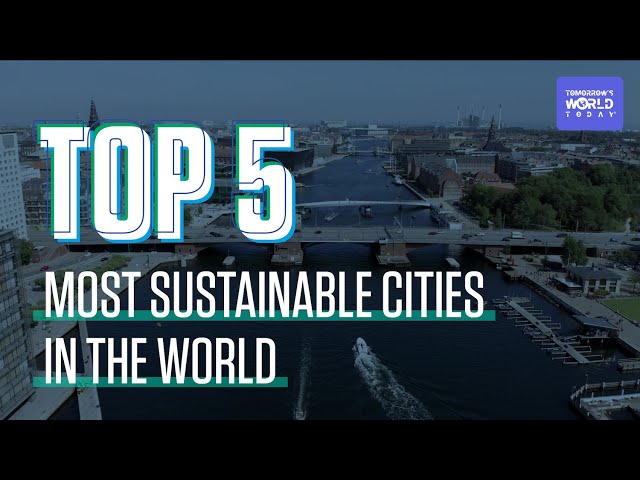Fleece material, also known simply as fleece, has become a cornerstone in the world of textiles due to its remarkable properties and versatility. In this comprehensive guide, we'll explore everything there is to know about fleece, from its origins to its environmental impact and practical uses.
Understanding Fleece Material
The Basics of Fleece Fabric
Fleece is a synthetic fabric, primarily made from polyester. It may also blend with other fibers such as cotton, wool, or rayon to enhance certain properties. Known for its insulating capabilities, fleece retains heat while being lightweight, making it popular in the manufacture of outdoor clothing and accessories.
The Production Process of Fleece
The process begins with the creation of polyester fibers, which are then knitted into a light fabric. This fabric undergoes a brushing process that increases its volume, resulting in the thick, insulating material known as fleece.
Types of Fleece
-
Polar Fleece: Highly insulating and lightweight, ideal for winter garments.
-
Microfleece: Thinner and more flexible, perfect for layering.
-
Sherpa Fleece: Mimics the look and feel of wool, used in linings.
Key Characteristics and Benefits of Fleece
Warmth and Insulation
Fleece traps a significant amount of air, which is warmed by the body, thus providing insulation. This makes it an ideal choice for cold-weather clothing.
Moisture-Resistant and Breathable
Unlike traditional wool, fleece wicks moisture away from the body, keeping the wearer dry and comfortable. Its breathability adds to its versatility in various climates.
Durability and Ease of Care
Fleece is exceptionally durable and resists wear and pilling. It is also machine washable, which makes maintenance simple and straightforward.
Environmental Impact and Sustainability Concerns
Fleece is often criticized for its environmental footprint, primarily because it releases microplastics into the water during washing. However, advancements such as recycled fleece, which uses PET bottles as raw materials, are making this fabric more sustainable.
Innovations in Eco-Friendly Fleece Production
Companies are now focusing on creating eco-friendly fleece options that reduce or eliminate the use of virgin plastics and improve the recyclability of fleece products.
The Role of Consumers
Consumers can aid in sustainability efforts by opting for fleece made from recycled materials and following best practices in garment care to minimize environmental impact.
Practical Applications of Fleece in Everyday Life
Fleece is not just for outdoor enthusiasts; its properties make it suitable for a wide range of applications, from blankets and throws to upholstery fabrics and car seat covers.
Fleece in Home Decor
Its texture and warmth make fleece a popular choice for throw blankets, pillows, and even curtains, adding both comfort and style to homes.
Fleece in Clothing
From jackets and hats to gloves and scarves, fleece is used in various types of apparel that provide warmth without the weight.
Specialized Uses of Fleece
Fleece is also used in pet bedding and toys, showcasing its versatility and widespread appeal across different markets.
FAQs Section
Is fleece warm enough for winter?
Yes, fleece is an excellent insulator, making it suitable for winter wear.
How do I wash fleece to prevent pilling?
Wash fleece in cold water on a gentle cycle and air dry when possible.
Can fleece be recycled?
Yes, fleece can be recycled, and doing so helps reduce its environmental impact.
Is fleece vegan-friendly?
Yes, fleece is a synthetic fabric and does not use animal products.
Are there hypoallergenic options for fleece?
Yes, some fleece fabrics are treated to be hypoallergenic, suitable for sensitive skin.
Conclusion and CTA
Fleece is a dynamic and valuable material in both the textile industry and everyday life. As technology advances, the potential for more sustainable and environmentally friendly fleece products increases. Explore more about sustainable materials and practices by visiting Sustainable Living and Home & Garden for more insights into how you can make a difference.
Whether you're a fashion enthusiast or a home decorator, understanding and utilizing fleece in your projects can contribute to both comfort and style. Discover more about textiles and eco-friendly products at Sustai Market’s Blog.


















